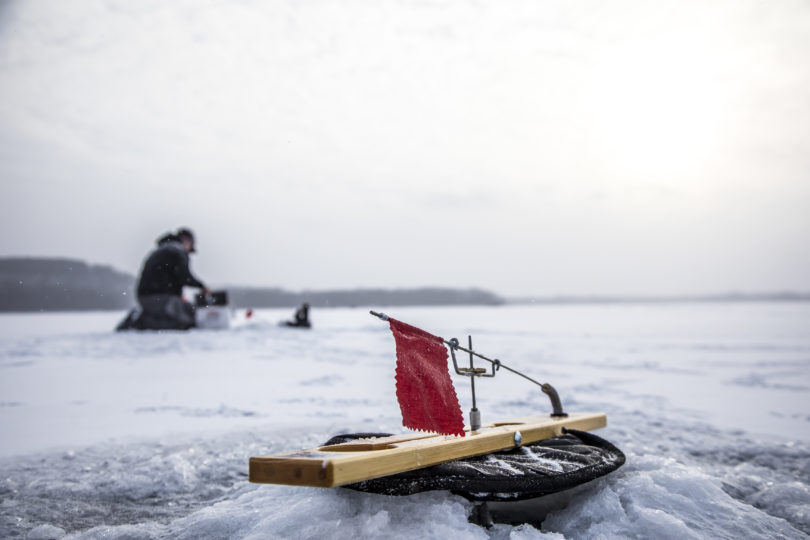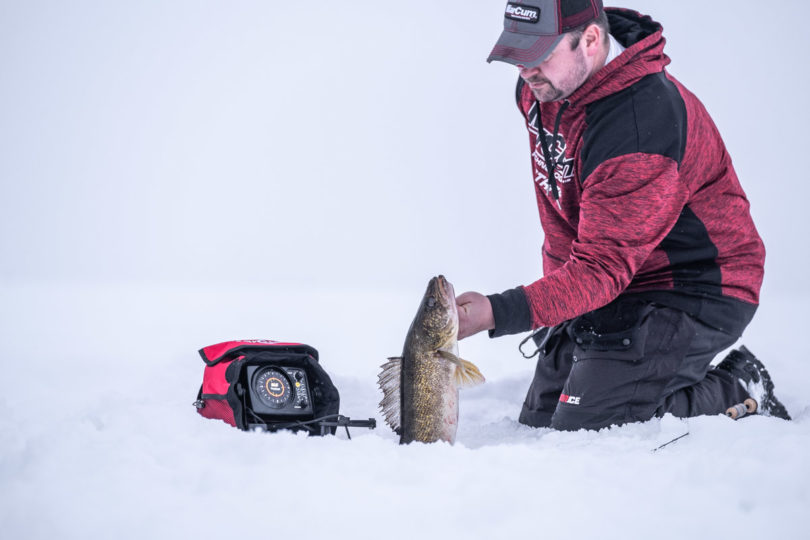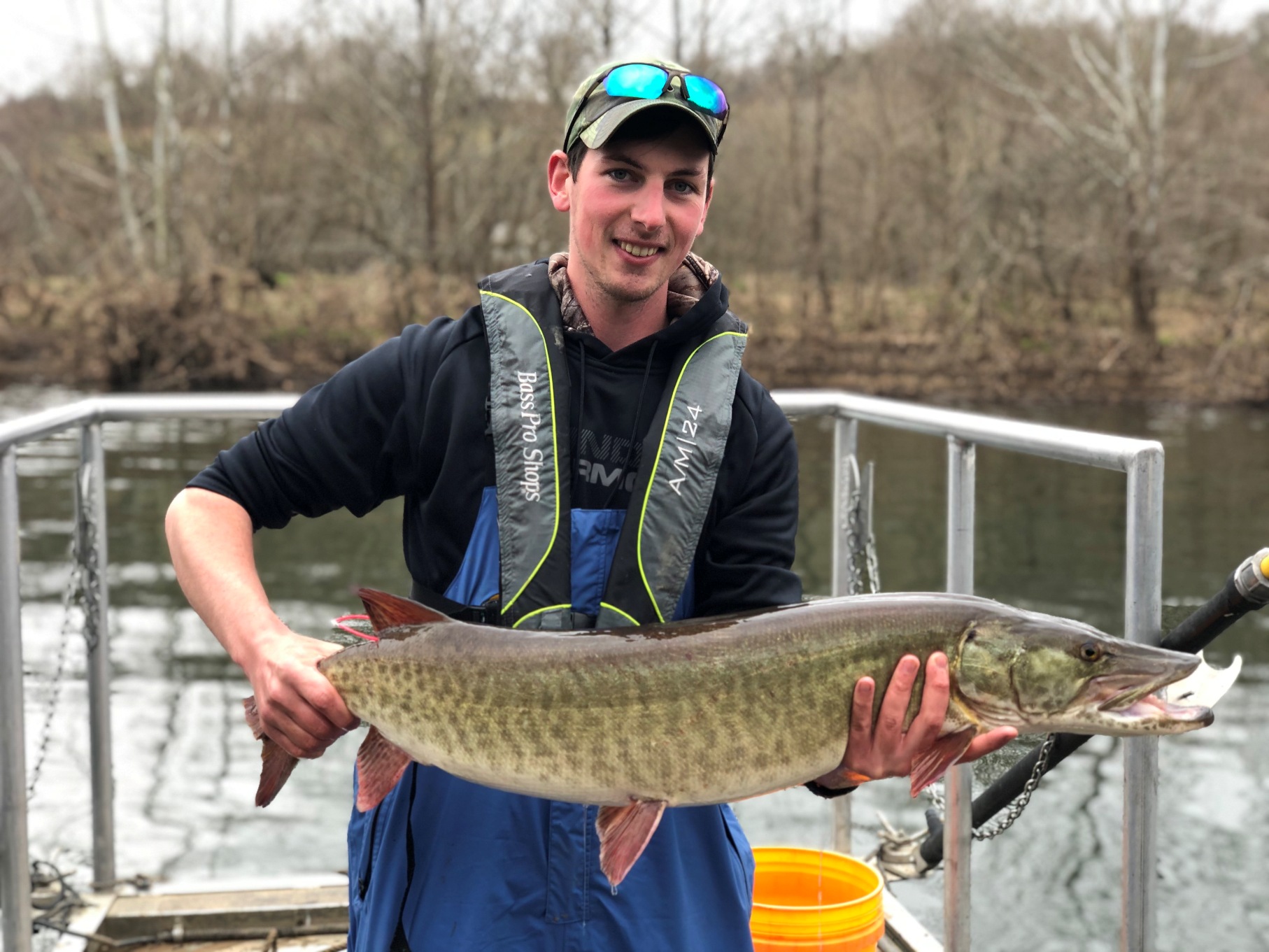We didn’t deck the halls with boughs of holly, but we did use holly in many decorations. In the drab December outdoor colors of browns and grays, bright green holly, and duller but green cedar, green briar and even mistletoe stands out, and we collected all four for festive decorations.
In pictures holly always has clusters of pretty red berries everywhere. Not so much in wild holly. If there were a few scattered red berries on a limb it was carefully cut and taken home. Mama used the holly for mantle and table decorations, along with cedar limbs.
One decoration always took center place on the mantle. It was an old kerosene lamp with a bulbous lower chamber for the fuel, a wide flat wick and a tall glass chimney. We filled the fuel chamber with small colorful balls and mama put a collar of green cedar or holly around its base, arranging it so it set off the lamp.
We had several of those old lamps and the others were kept with kerosene in them for the times the electricity went out. Along with a few candles, they gave enough light to get by.
When I was 12 we moved into mama’s dream house, a split level brick home that had three bedrooms upstairs and a den and egg room in the lower level. The egg room had a big walk-in cooler and an area where we “candled” the eggs. It got a lot of use since we had 11,000 laying hens.
The house was an orangish brick, not red. The year we moved in mama bought plastic candle sticks for each front window, eight total, and put orange bulbs in each one. Those candle sticks had five bulbs each and set off the house just right at night.
Getting mistletoe was always my job and I loved going into the woods, finding a big clump high up in an oak tree and shooting it down with my .22. I tried to use as few bullets as possible, hoping to clip the main branch of the mistletoe with two to three shots.
For as long as I can remember we had a big gold bell with a music box inside. The clapper for the bell was actually a pull cord and when pulled down it slowly retracted, playing a short clip of “Jingle Bells.” Mistletoe was put in the bow above the bell and it hung over the door going to our downstairs level den.
That doorway got a lot of traffic and my little brother loved to pull the string and make the bell play. So much so I usually hated to hear it within a few days. I think he liked to do it to bug me.
I could stop the irritation for a few days by unclipping the music box from the bell and hiding it. He would whine to my parents, but I think they got sick of hearing it, too, so they would not really force me to get it back out for a few days.
An old home place a few miles from our house provided “smilax” which I learned later in life is green briar. We would go get several long vines of it and mama used it to outline our front door. The door was covered with shiny red and green paper and a wreath was placed in the center for a pretty entryway.
Greenbriar stays green all winter, so it is an important food for deer in the lean months as well as being pretty. I learned to hunt patches of it in late December for deer looking for something good to eat in the mostly barren woods.
Food was amazing. We never made gingerbread houses, but gingerbread cookies along with Martha Washington balls, snowballs, chocolate chip and many other kinds of cookies were set out on the table to nibble on as we decorated and all during the holidays.
The holidays meant many big meals with family. Mama and daddy had several brothers and sisters living near us, and we had to go to every one of their houses, and they all came to our house for meals, too. There were often a dozen adults and twenty cousins running around on a day we had meals together.
The table was loaded with turkey and dressing, ham, fried chicken, mac and cheese, string bean casserole, squash casserole, scalloped potatoes, devil eggs, potato salad, string beans, turnip greens with roots, rutabaga, rice, corn bread, rolls and other staples.
There were always several kinds of jello salad, from simple orange and shredded carrots to my favorite with cherries, pecans, pineapple and cherry jello. The desserts ranged from ambrosia made with fresh oranges, coconut and marshmallows to every kind of cake and pie imaginable.
Most days started and ended with hunting, either quail with several uncles and cousins if daddy or one of the uncles wanted to get the dogs out to me going alone after squirrels and rabbits. Many mornings were quail hunting with the adults, then after a big meal, me hunting alone, since the adults were too full to move.
Presents were exchanged with all cousins and family members. One that I got every year from an aunt and uncle that lived in South Georgia was a window envelope with a dollar bill inside! That may not seem like much now, but it was a lot of money to a kid that spent hours collecting empty coke bottles along the road for a penny each!
I have great Christmas memories and I hope you are making new ones this year.












